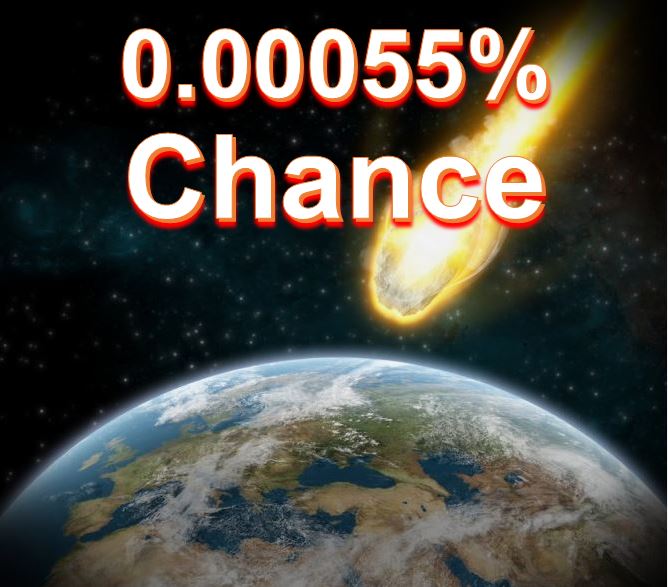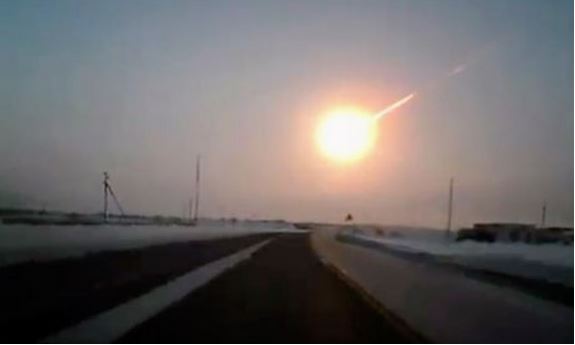A fairly large asteroid from 12 to 40 metres (40 to 130 feet) wide will whizz by very close to us and could even crash onto the Earth’s surface on 12 October, 2017. Scientists, who say the chances of an impact are very remote, but not impossible, do not yet know what its exact route will be. Its size is also an estimate.
The asteroid, called 2012 TC4, missed Earth in October 2012.
If it is 40 meters wide and hits an urban area it could cause some serious damage. The meteor in February 2013 that exploded over Chelyabinsk in Russia injured about 1,500 people and caused damage to more than 7,000 buildings. That one was about 20 metres across.

Scientists say the chances of a direct hit are so small that we should not be concerned.
In an interview with astrowatch.net, Judit Györgyey-Ries, a research associate at the University of Texas at Austin’s Department of Astronomy, said:
“It is something to keep an eye on. We could see an airburst maybe broken windows, depending on where it hits.”
2012 TC4 was first detected on 4th October, 2012, by the Pan-STARRS observatory in Hawaii. One week later it missed Earth by 94,800 km (58,905 miles). In the world of astronomy, it was close.
It is a rapidly-rotating, elongated rock that has made several close flybys to Earth in the past. Scientists are currently trying to determine its exact path in 2017.
Chances of a direct hit are tiny
Györgyey-Ries said:
“It has a 0.00055% cumulative chance that it will hit. The fact that the MOID [minimum orbit intersection distance] is only 0.079 LD flags it as a possible impactor. However it is just the smallest possible distance between the orbits.”
Detlef Koschny, who works at the European Space Agency’s Near-Earth Object Segment in the Space Situational Awareness programme, told astrowatch.net that the chances of the asteroid hitting us is one in a million.

The meteor that exploded over Chelyabinsk in Russia was about 20 mertes wide.
Koschny, who warned that estimating its current size at the moment is difficult, says it could be from 10 to 40 metres wide. A 10m wide rock would hardly be noticed, while a 40m one could leave a crater, he said.
Makoto Yoshikawa, who works at the Japanese Aerospace Exploration Agency does not believe the rock poses any threat to Earth.
Györgyey-Ries added:
“Although it has a large uncertainty along the orbit, it is much less than the radial uncertainty, so it just changes the time of the closest flyby. I would say based on this, that there is no chance of impact in 2017, but more observations could help to reduce the uncertainties.”
Astrowatch.net informs that as of April 12th, 2015, there are 1,572 PHAs (potentially hazardous asteroids) in space. None of them are on a collision course with Earth, scientists say. However, new ones are being found all the time.

